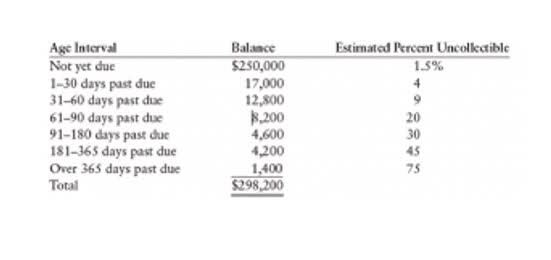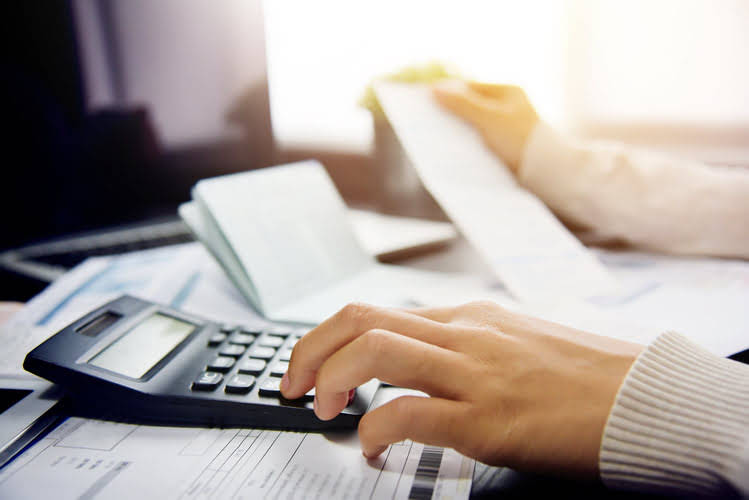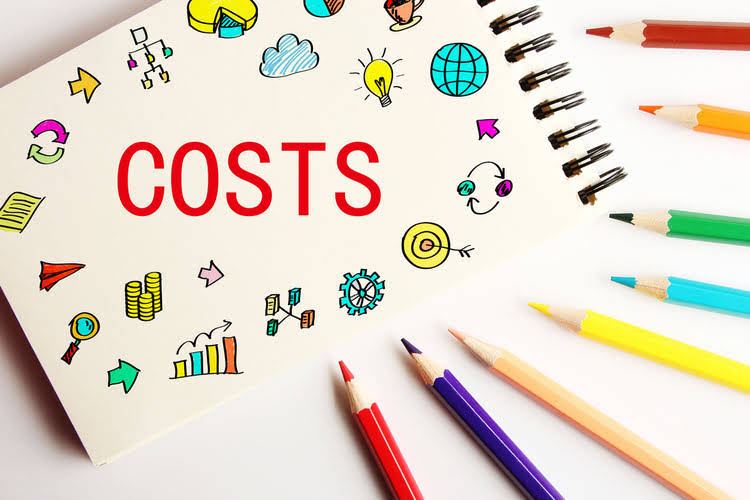In other words, there are more options other than writing your check balances in the back of a checkbook. Thus, you may not actually be keeping track of paper checks you have written; instead, you might keep track of all your transactions. In doing so, you know exactly how much you spend each month, helping you stay on budget. Before online banking, consumers had to wait for a statement at the end of each month to compare against the check register. One no longer must wait on snail mail with around-the-clock access to the accounts.
- This column is sometimes also called the deposit or cash in section and is sometimes accompanied by an addition symbol.
- Compare the total amounts of withdrawals and deposits on your register to the information available from your online or mobile banking app.
- To balance a checkbook register means to make sure the financial records you’ve been keeping are correct and up to date.
- Your list should include purchases, withdrawals, deposits and bank charges.
- If not, you need to go back and check the register for any transactions that may not have been posted to your account yet.
- Be careful of unfamiliar charges, such as overdraft fees, on your statement that you hadn’t noted in your register.
You can also check your carbon copy checks to ensure you didn’t write the wrong number down on your bank register. If you think a transaction is unauthorized or contains an error, look for instructions on your bank statement for how to get it corrected. Some of your most recent transactions might end up on your next month’s statement. Make sure you note those transactions in your personal record to avoid any surprises.
How To Balance a Checkbook
Most of these apps let you review your account activity from your smartphone for easy tracking and some even include a “balance and reconcile” feature. It is still in your best interest to review account activity once a month to help you keep track of what you’re spending and identify errors or incorrect charges. Knowing how to balance your checkbook, also known bakery invoices & receipts personalized custom printed as bank reconciliation, might not be as important today as it used to be in the past. With the invention of online banking, some people might not even know how to write a check or have a checkbook at all. A checkbook is a folder or small book containing preprinted paper instruments issued to checking account holders and used to pay for goods or services.
- Each page in a checkbook contains a check with preprinted information, which allows you to make purchases or pay bills.
- Check numbers are usually found on the bottom right-hand corner of each check.
- If you commonly write checks to pay bills, you’ll want to balance it out each month to understand your spending habits.
- You can also check your carbon copy checks to ensure you didn’t write the wrong number down on your bank register.
- This compensation may impact how and where products appear on this site (including, for example, the order in which they appear).
A well-maintained check register makes it easier to balance your checkbook and spot errors. Note your statement ending balance from your current monthly statement. Add all your outstanding deposits to your statement ending balance, then subtract all outstanding debits. These steps help you keep your checkbook balance up to date so you always know exactly how much money you have in your checking account and there are no unrecognized transactions. Record any pending transactions in your checkbook register, including both debits and credits, as well as checks you’ve written that have not cleared yet.
Find The Best Checking Accounts Of 2024
Though we live in a world where so much is automated, there’s still a need for manual work to ensure everything is correct. Yes, our online banking apps and websites track our transactions, but some transactions take time to post. To manage your checkbook, you must enter all your transactions into the check register so you can come back to them later for review.
Understanding a Check
A checkbook is comprised of a series of checks that can be used to make purchases, pay bills, or in any other situation that requires payment. With the advent of online commerce and banking, more people are making purchases and paying bills online, thereby reducing or eliminating the need for paper checkbooks. There is also no shortage of financial apps and software to help with balancing your checkbook. First, balancing your checkbook helps you know exactly how much money you have remaining, including any pending or outstanding checks that haven’t been cashed or deposited yet.
How to Use a Checkbook Register as a Budget Worksheet
A checkbook register, notebook or spreadsheet on your computer can all work as a register. Your list should include purchases, withdrawals, deposits and bank charges. Basically, track any activity that has passed through your bank account for the month you are balancing. A person can have a checking account without ever actually having to write a check. On rare occasions a check is still required, such as paying rent, which requires writing a check out to your landlord. Compare all other transactions listed in your check register to those listed on your monthly statement.
Ensure you note those transactions in your personal record to avoid any surprises. In this case, compare all your canceled checks and receipts to your check register to find the transposed number. Make note of the dates, descriptions, and amounts of any deposits showing in your check register but not on your statement.
The Date column is where you can keep track of the date you issued each check. Learning how to balance a checkbook registry can sound really daunting to someone whose never really used one before. All users of our online services are subject to our Privacy Statement and agree to be bound by the Terms of Service. Technology makes it easier than ever to monitor your transactions on a regular basis.






